Hi Wheelnut,Ah, I thought EUUT would be similar to Tru-wel.
TI added its name to the Reynolds branding in the 70s, but Tube Investments owned Reynolds long before that. Since 1928 in fact. Tube Investments came about as a merger between Accles and Pollock and two other seamless tube manufacturers in 1919.
Having just looked further into this, it seems that TI went on to acquire many cycle companies in the 40s and 50s including Hercules, Armstrong, Norman, Phillips, and Sun, before swallowing up Raleigh and it's associated brands (BSA, Triumph, Humber, Rudge, New Hudson) in 1960.
So all of the tube types mentioned - Reynolds, EUUT and Tru-Wel - and also Sun Cycles, were all sub-brands owned by parent company Tube Investments (TI Group).
I really should get a life instead of delving into such obscurities.
Midlife - I see you are also in the frozen north. Maybe we should organise a retro ride in Cumbria when the snows go away.
I am new to this site and came across your notes for A&P tubing. I own a cycle that my late Uncle owned pre WW2 and some aspects of the frame may interest you. My name is Les and I live in Christchurch, New Zealand.
My A&P frame is stamped on the steerer tube to the LHS side with A&P MADE IN ENGLAND with the tubing quality A on the lower portion of the A&P stamping. To the rear side at the steerer tube base is the set number vertically and below capital letter J, The BB is stamped with a 36 in the rear LH side lug, a 16 on the lower bottom adjacent to the crank and an A opposite the 16 and again a capital letter J on the forward vertical tube lug. The standard A&P stamping appears on the upper inside face of both fork blades.
I am considering the 36 is the frame set number as it appears twice and on different parts, the A is the tubing quality, the 16 the year date and the J indicates ?. The 36 is typical with the frame set number of later years and appears on the steerer tube and frame, A is a recognised tubing quality made by A&P and the J is speculation.
It is known in New Zealand anything dated during the WW1 1914 to 1918 approximately will have been sent to NZ pre 1914 so thus a possible date is 1916 which appears on the BB. My uncle did buy the frame pre his marrage in 1940 from a long established sporting cycle shop Speedy Cycles in Christchurch as a second hand cycle. I have seen another racing cycle that also used the A&P tubing. Speedy Cycles did not build the frame I have as it does not have double cotter pin securing of the crank that is a distinctive feature of all Speedy Cycle frames made from 1904 to the 1950`s
The bare steel frame weighs 5lb 1oz and the fork set weighs 1lb 11oz, not light by present standards but for early 1900 they would have been light. The tubing wall is straight gauged with the top tube and down tube are 25swg, the seat tube is 24swg thus the are not double butted. They compare with the Reynolds double butted tube frame for weight.
All together the manufacture details of lugs and wheel axle supports are of a high quality. That is to say not flattened tubing that is reshaped.
The bars stem is of the Major Taylor type frequently attributed to A&P from 1910 and is stamped ACCLES AND POLLOCK MADE IN ENGLAND on the rectangular tube section LHS lower face at the forward end and is a very lightly stamped, the lower end of the round tube section that passes into the steerer tube is also stamped with a larger type PtP up the tube at the end. The straight seat stem is stamped A&P MADE IN ENGLAND. Again it is stamped PtP similar with the bar stem along with a 4 at the lower end of the seat stem.
I searched for the origin of Butted tubing and apart from statements claiming Reynolds Tubing invented Butted tubing via The Patent Butted Tube Company patent document No24031 that was dated 20th December 1898 and that company having a name change to Reynolds in 1915 there is another origin. Interestingly The Patent Butted Tube Company patent document in 1897 Mr. Alfred Milward Reynolds, Junior, took out, jointly with Mr. J.T. Hewitt, an employee (workshop Forman) of the Company at the time, a Patent on the process of manufacturing Butted tubes. “Reynolds is best known for inventing butted tubing - where the wall is thinner in the middle of the tube than it is at the ends - which allowed bikes to be lighter but stronger when built.” Obviously A&P used different tubing SWG to achieve what Reynolds had devised.
A&P tubing came to NZ to a distributor that was in Timaru who established cups for long distance cycle racing in between Christchurch and Timaru that is still being competed for.
I attach photos of my bike and Speedy Cycles and the Cups,
Regards
Crumbling
Attachments
-
 SHORPY_FL16643173.webp711.1 KB · Views: 2
SHORPY_FL16643173.webp711.1 KB · Views: 2 -
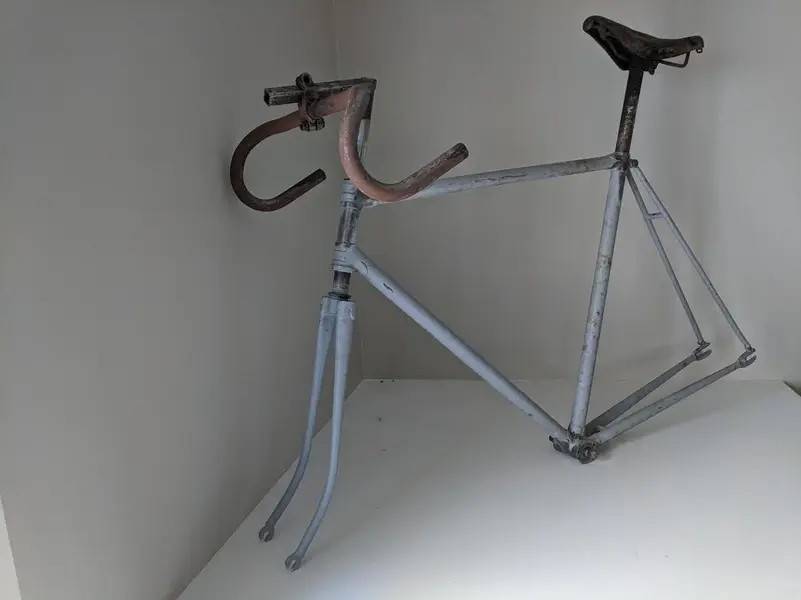 0.webp35.7 KB · Views: 1
0.webp35.7 KB · Views: 1 -
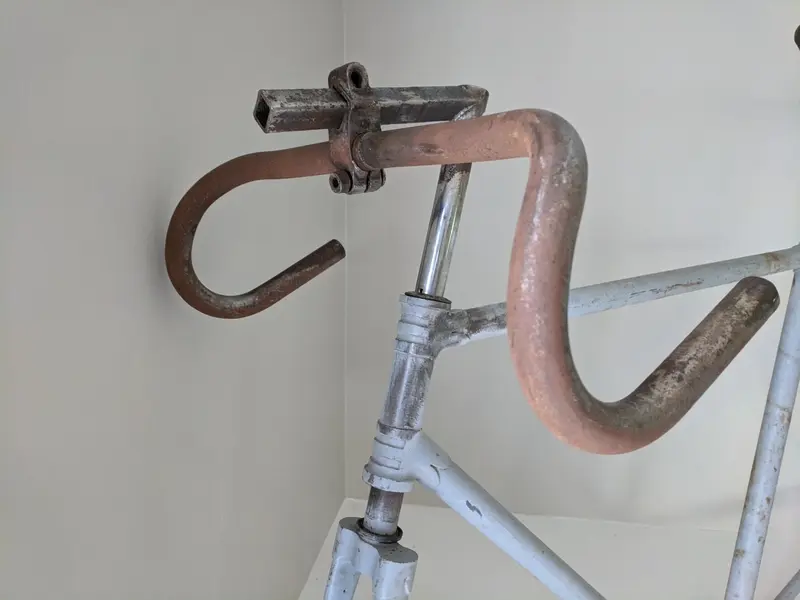 IMG_20201130_133414 (1).webp153.9 KB · Views: 1
IMG_20201130_133414 (1).webp153.9 KB · Views: 1 -
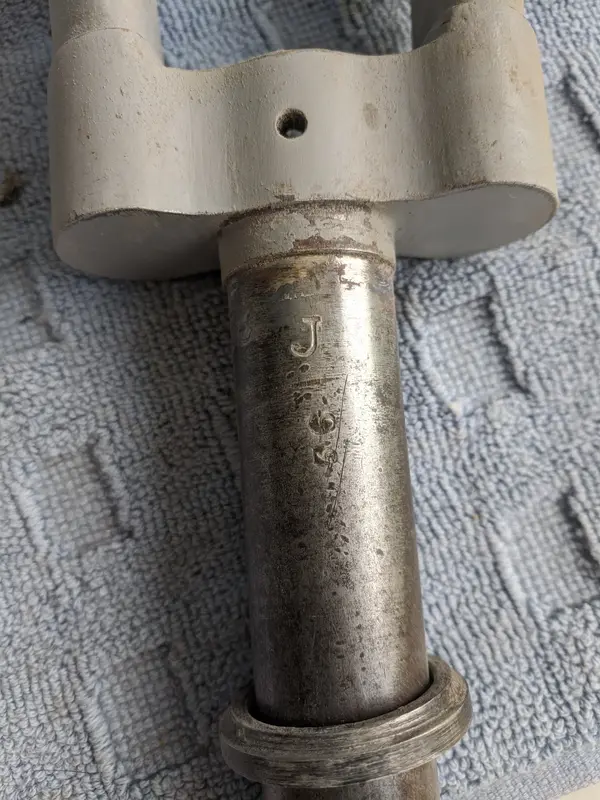 IMG_20201213_124013 (3).webp418 KB · Views: 1
IMG_20201213_124013 (3).webp418 KB · Views: 1 -
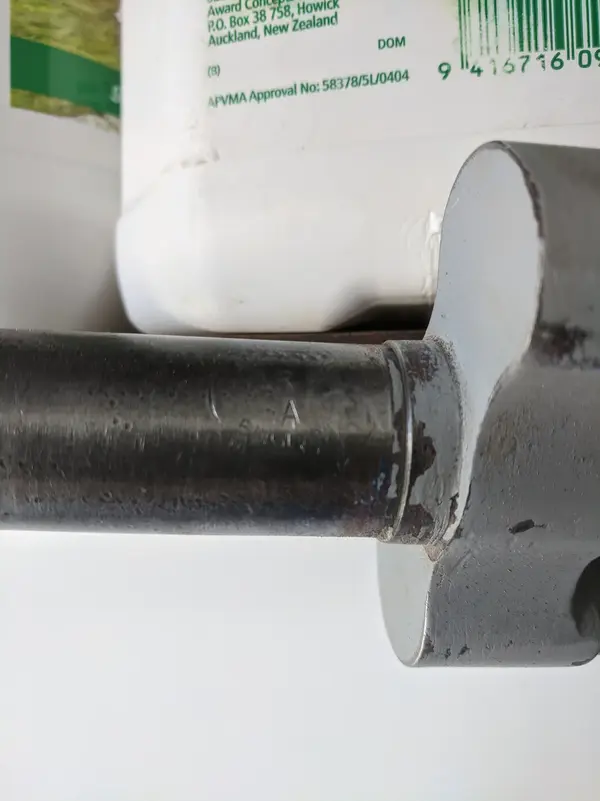 IMG_20201214_152840 (2).webp124.8 KB · Views: 1
IMG_20201214_152840 (2).webp124.8 KB · Views: 1 -
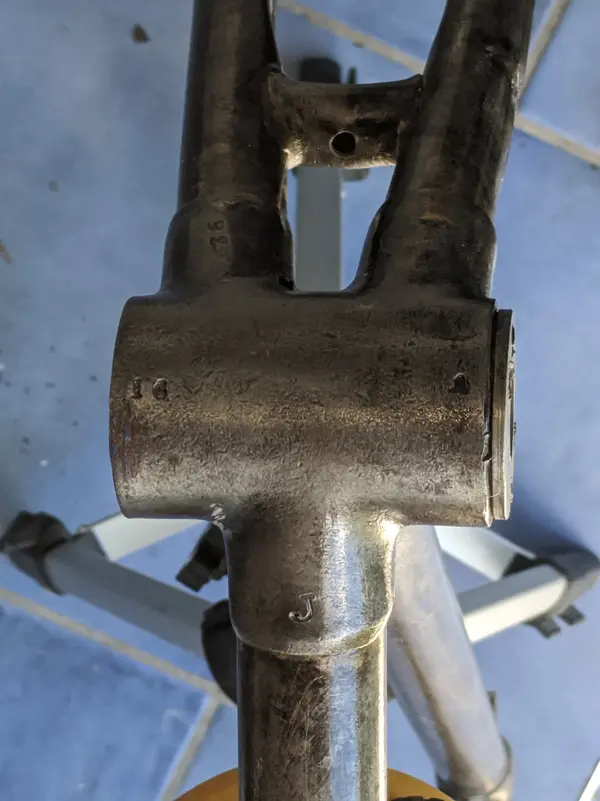 IMG_20210117_141338.webp166.8 KB · Views: 2
IMG_20210117_141338.webp166.8 KB · Views: 2 -
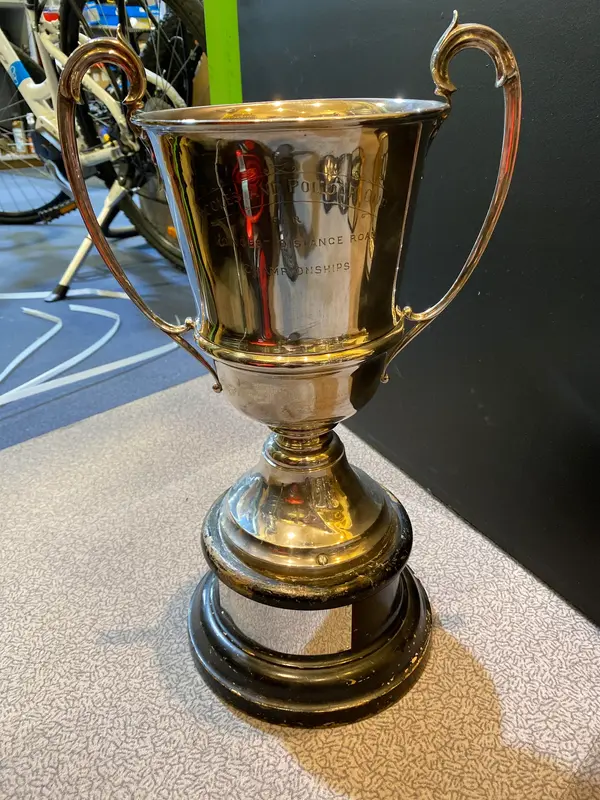 eccles and pollack1.webp617.1 KB · Views: 2
eccles and pollack1.webp617.1 KB · Views: 2 -
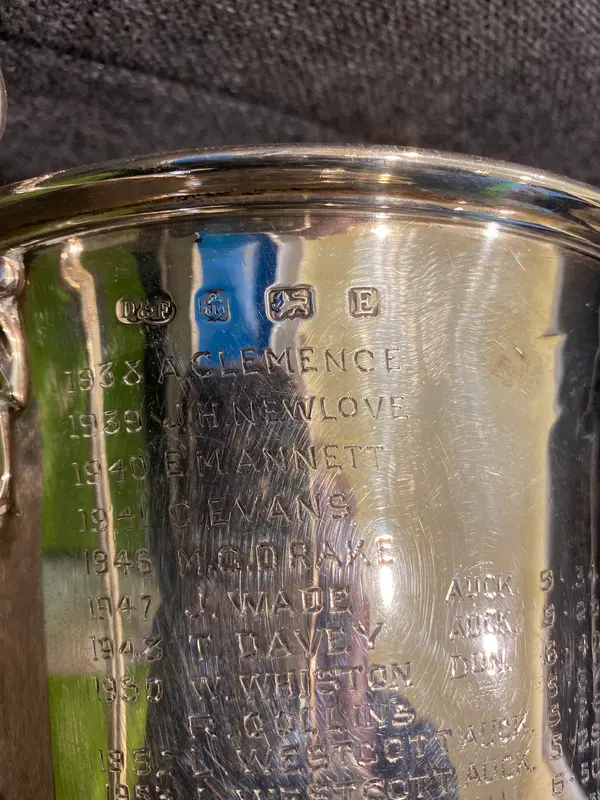 eccles and pollack 3.webp609.6 KB · Views: 1
eccles and pollack 3.webp609.6 KB · Views: 1 -
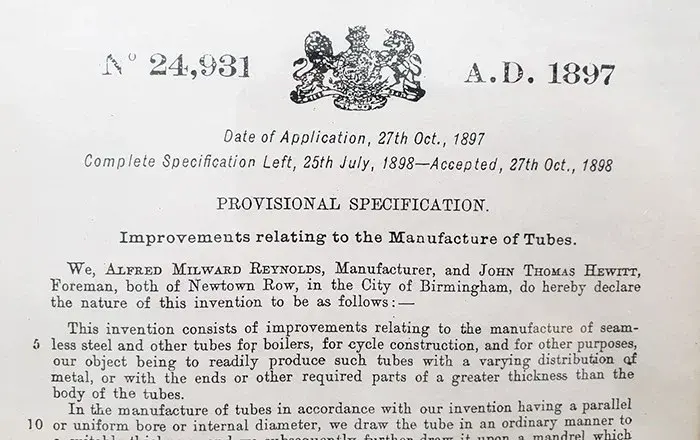 reynolds patent.webp60 KB · Views: 1
reynolds patent.webp60 KB · Views: 1